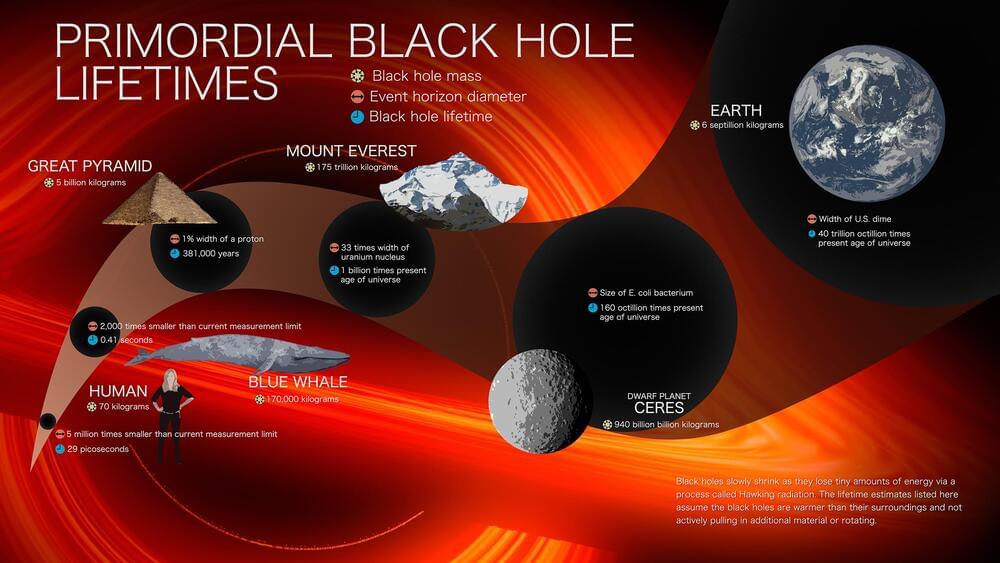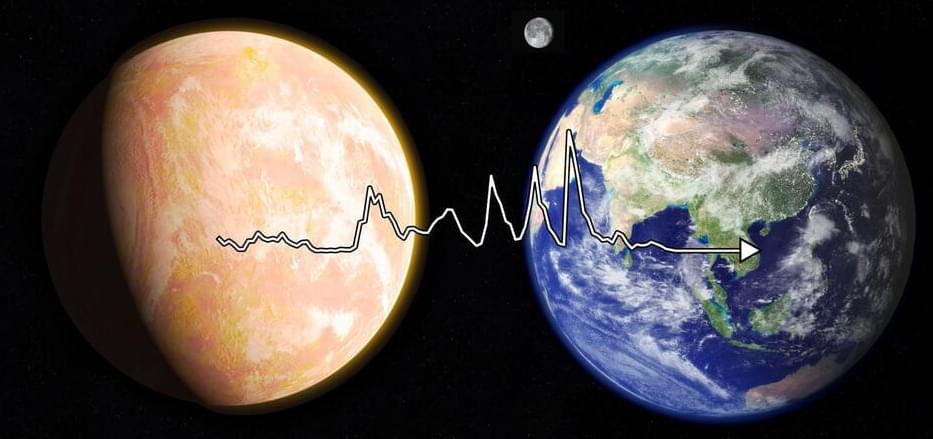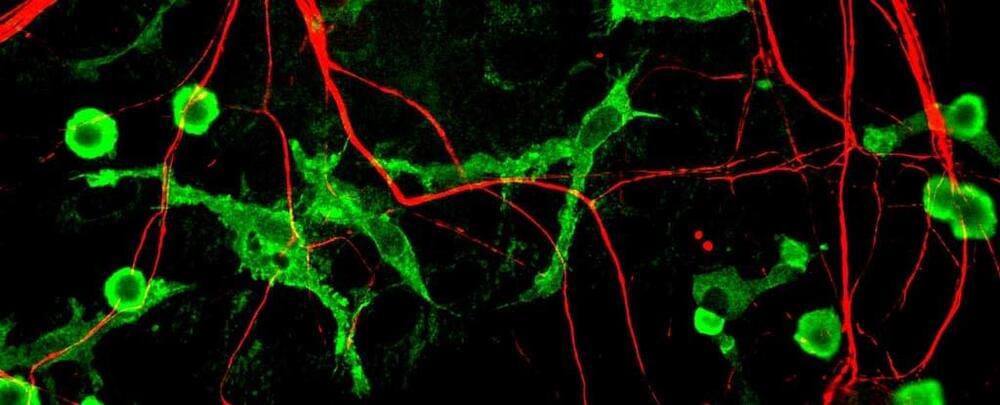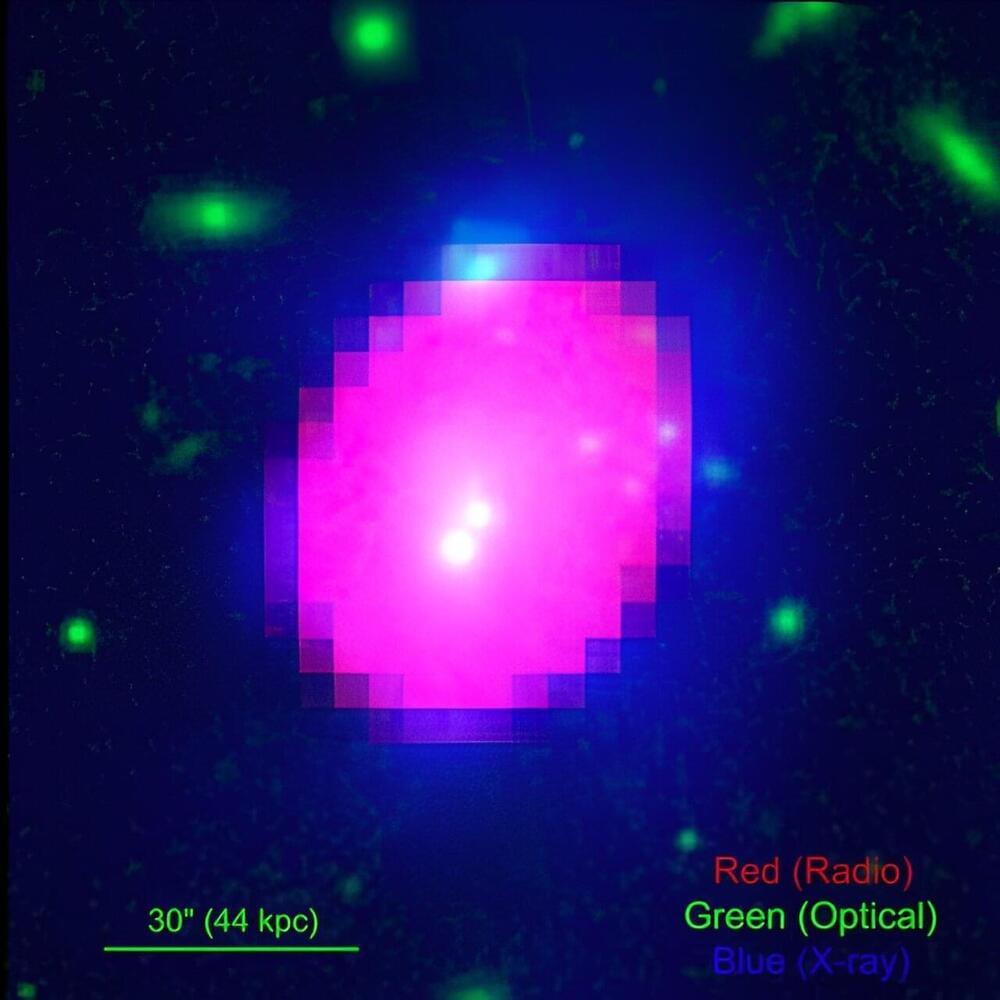The illusion of AI consciousness: why gpt-4o and other chatbots are not conscious.
• Shannon Vallor, an AI expert and contributor to DeepMind, discusses the latest developments in generative AI, particularly OpenAI’s GPT-4o model, and warns of the dangers of the illusion of artificial consciousness.
…
AI expert and DeepMind contributor Shannon Vallor explores OpenAI’s latest GPT-4o model, based on the ideas of her new book, ‘The AI Mirror’. Despite modest intellectual improvements, AGI’s human-like behaviour raises serious ethical concerns, but as Vallor argues, AI today only presents the illusion of consciousness.








